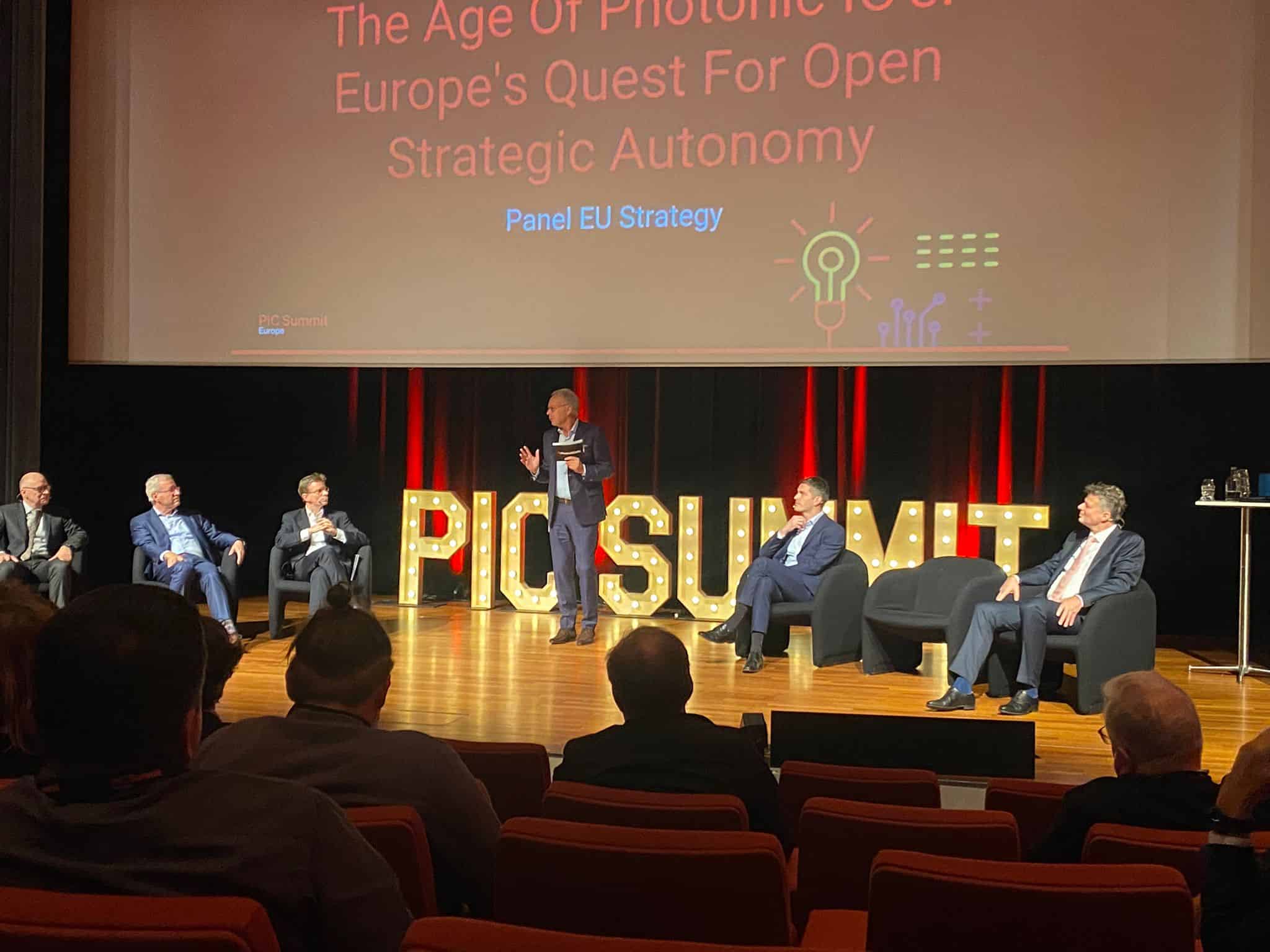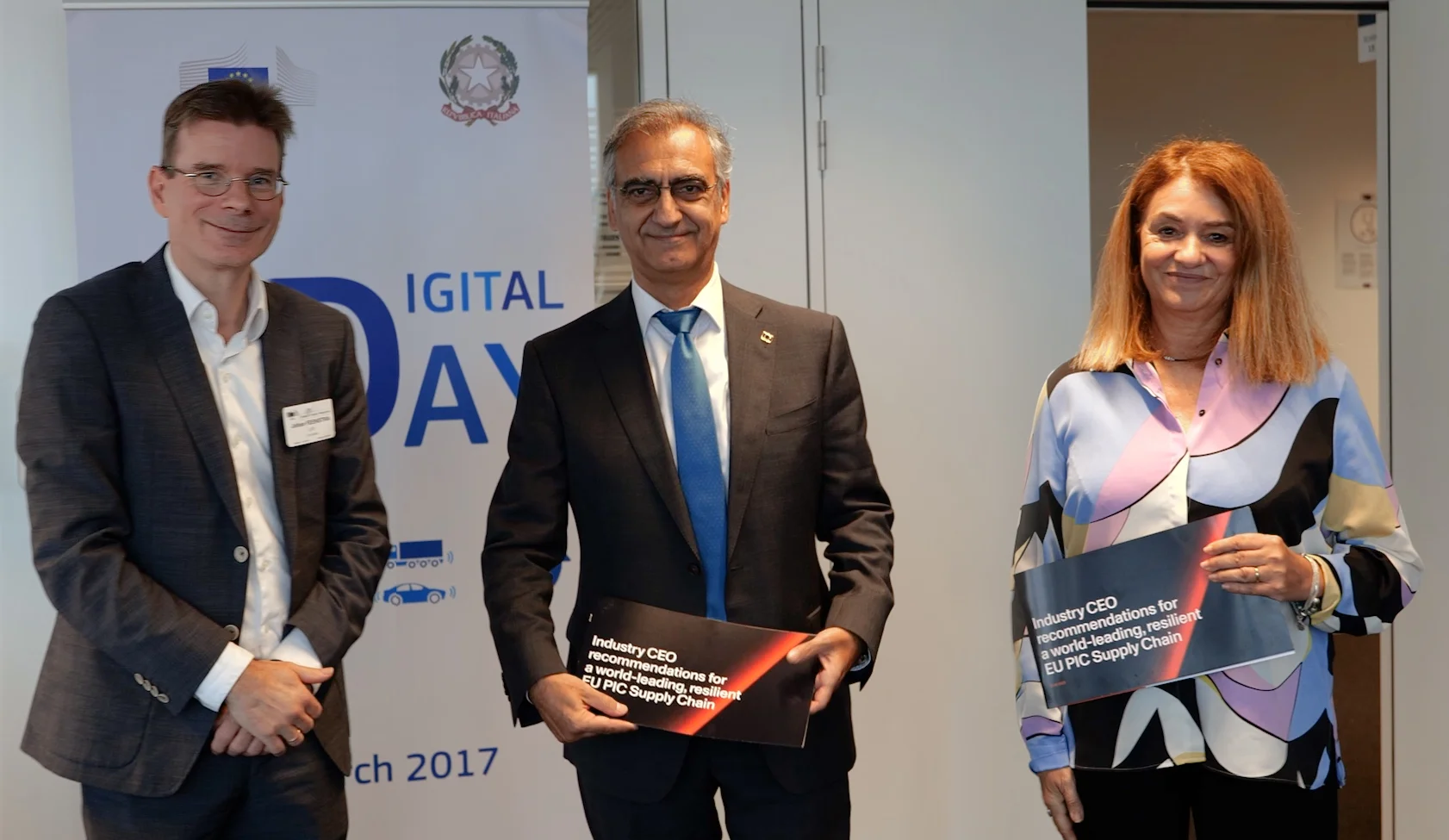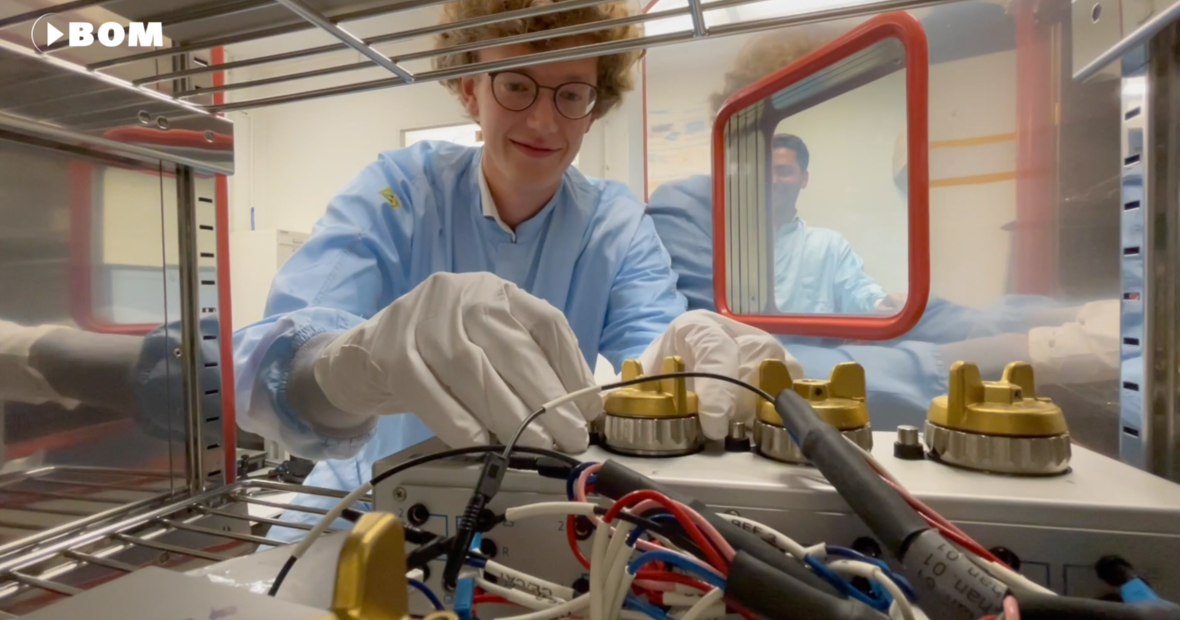
Faster, lighter, more durable, and, at the end of the day, also much cheaper: the benefits of photonic circuits are considerable, for a wide range of applications. And the Netherlands plays an important role, globally, in the development and application of this key technology. In recent years, under the leadership of PhotonDelta, a solid foundation has been laid under the Dutch integrated photonics ecosystem. One of the important application areas of this key technology can be found in healthcare. Read the other parts of the series here.
Good health is essential for humans. In recent years we have made great progress in the field of innovative solutions in healthcare. One of the more decisive technologies in this regard in the coming years is integrated photonics. This technology uses light particles (photons) to process and transmit information. Sending and receiving data using photons makes for more economical, better, and faster equipment.
What is integrated photonics?
Photonics is similar to electronics. However, instead of electrons, it uses photons (light) to transmit information. Photonic technology detects, generates, transports, and processes light. Current applications include solar cells, sensors, and fiber-optic networks. Photonic chips, officially called Photonic Integrated Circuits (PICs), integrate various photonic and often electronic functions into a microchip to make smaller, faster, and more energy-efficient devices. Because they are manufactured like traditional chips (with wafer-scale technology), mass production is also within reach – with price drop as a result. More here.
Photonics can make healthcare more accessible, for example, because patients no longer need to go to the hospital for non-acute examinations but can do this by themselves, at home. Photonics also makes it possible to weld and cut with a laser beam and can help with measuring blood saturation, scanning a suspicious birthmark, or taking a heart image. Apart from that, it is just cheaper for society to detect and prevent diseases early.
Several Dutch start-ups are looking at these opportunities. For example, some are building an optical biosensor, a platform on which sensors can be used. Photonic chips are expected to make the difference here. These PICs integrate various photonic and electronic functions into a microchip to make smaller, faster, and more energy-efficient devices that can benefit the healthcare sector.

Maarten Buijs, CEO of Surfix Diagnostics, makes a photonic biosensor for, among other things, the early detection of bladder cancer in urine. “We were a research and development company and are now positioning ourselves as a company that brings biosensors to the market. Our company would not exist without integrated photonics. We apply very targeted bioreceptors to the light conductor of optical chips. Bioreceptors that detect cancer.”
Surfix Diagnostics is in full development to bring the product to market. “In a few years, it can be there. Thanks to this product, a patient’s life will become easier. With a drop of urine on the sensor, the patient will show a result within an hour. You no longer need to go to the hospital; the general practitioner can already give a definite answer. It’s also easier to follow the course of the disease and fine-tune the treatment accordingly. Photonics makes ‘point-of-care’ possible: at the patient’s bedside, in a hospital, in an ambulance, at the general practitioner’s office, or even at the patient’s home. You can do it quickly and it’s cost-effective.”
Buijs sees great opportunities for integrated photonics, if only because the production process of photonic chips is derived from that of the semiconductor industry. “The Netherlands is very strong in both domains because of its unique knowledge position. The further miniaturization of chips ensures that each slice or wafer – the production unit – can produce more and more chips. This makes them many times cheaper and thus increases the application possibilities.”
Protons

TNO is also developing biosensors for healthcare. Peter Harmsma has been involved in that for years. He is also the part-time manager of product development at Delta Diagnostics, a start-up that emerged from TNO. “At TNO, we are making an application for the irradiation of cancer by protons. You want to be sure that the protons only affect the tumor and not the healthy tissue around it. The radiation creates an acoustic shock wave that you can detect with a photonic sensor. This allows you to determine more accurately whether the radiation is effective and thus to target the radiation more precisely and deliver less radiation.”
Harmsma and his fellow researchers had quite a few challenges for their optical biosensors. “The fiber on the chip has to be applied with micrometer precision because the light has to get to exactly the right spot. This makes it very expensive, and would put point-of-care out of reach. That’s why we have modified our research goal in the meantime. We are not only developing the optical chip itself but are now primarily working on a device where you can place these chips in and quickly read the results. Delta Diagnostics was founded to further develop this application. At the moment the device is still the size of a shoebox, for life-science applications. The goal is to eventually turn that shoebox into a matchbox for point-of-care.” This is a process that’s not done overnight though. “We’ll need at least ten more years before that application is there for commercial use.”
Hemophilia

At Enzyre in Nijmegen, researchers are developing a device that examines clotting factor VIII in the blood. Director Waander van Heerde was head of the special coagulation lab at the Radboudumc for 17 years. In 2016, he and Guido Maertens founded Enzyre. In addition to his work for Enzyre, Van Heerde still works two days a week at the Radboudumc. “Our platform technology will first be used for hemophilia patients. These people have a shortage of factor VIII in their blood, which means they have a high risk of bleeding. This can be treated very well by injections with which patients themselves bring the amount of Factor VIII to the right level. With our device, every patient can measure the extent of the Factor VIII deficiency at home. With an additional injection, those patients can then quickly adjust it by themselves, thus stopping the bleeding.”
Enzyre’s application works by measuring the number of photons in the blood. Until now, that’s done via a sensor that functions on traditional chips. Van Heerde: “In the future you can also do that with photonic sensors, making it cheaper and faster. Then we’ll also need less blood for research.” Van Heerde foresees a great future for photonics in the medical sector. “Healthcare has to become cheaper. That is possible with integrated photonics because optical chips are faster, use less energy and become more efficient because of this. Through photonics, the laboratory is no longer in the hospital; we’ve brought it to the patient’s living room.”








